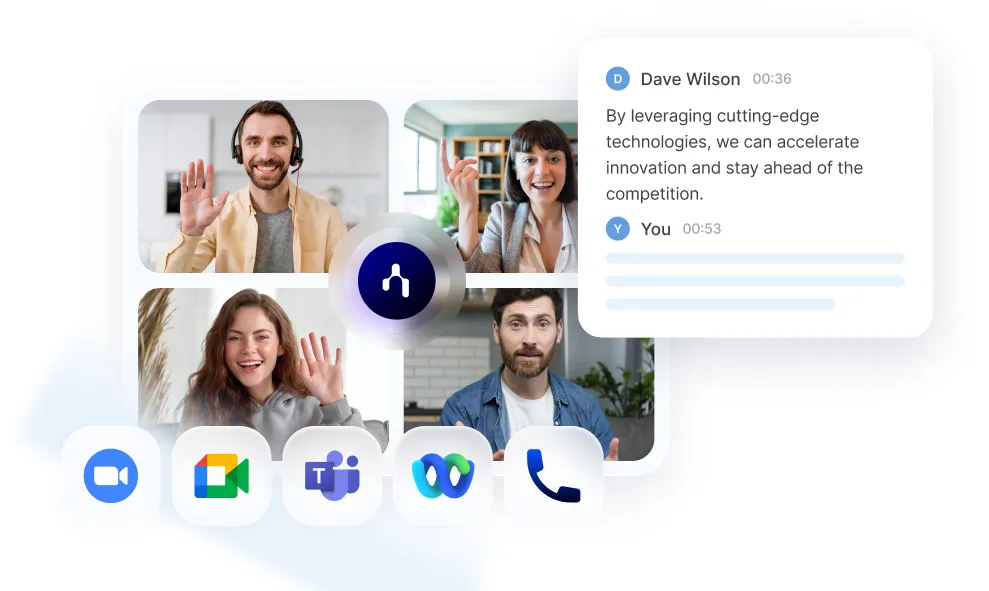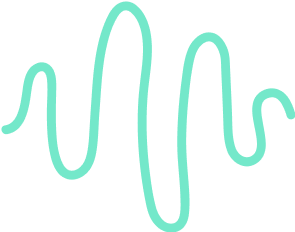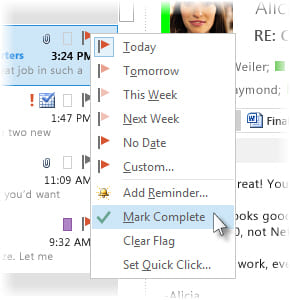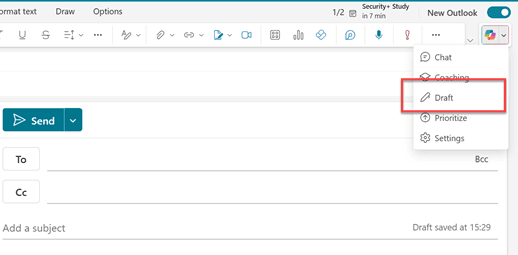Zoom Fatigue : What You Need to Know

Get the work done for any meeting
Meeting transcription, AI custom notes, CRM/ATS integration, and more
You end your day feeling tired—but you didn’t do “real” work. Just meeting after meeting, with no time to think, write, or decide.
Sound familiar?
That’s meeting fatigue, and it’s affecting more professionals than ever.
In this guide, you’ll learn the psychological signs of meeting fatigue and simple ways to prevent and fix the problem
The Psychological Symptoms of Meeting Fatigue
Researchers at Stanford built the Zoom Exhaustion & Fatigue (ZEF) Scale to track this phenomenon.
They found five fatigue types: general, visual, social, motivational, and emotional.
Cognitive fog
Your brain works harder on video.
You must decipher faces, handle lag, and fight background distractions—all at once.
A 2024 meta-analysis confirmed that this multitasking load reduces focus and memory after only a few calls.
That’s why you lose track of details and struggle to switch back to deep work.
Emotional drain
Back-to-back meetings trigger emotional exhaustion.
You perform—smiling, nodding, staying “on”—without real breaks.
The ZEF study links this to “emotional fatigue,” a feeling of flatness and reduced empathy.
Over time, you may dread the next call before it starts.
Self-conscious stress
Seeing yourself on screen amplifies anxiety.
A recent U.S. survey found people dissatisfied with their appearance feel more virtual-meeting fatigue and gain less value from calls.
Stanford researchers also note that constant self-view heightens self-evaluation, draining energy faster than face-to-face chats.
Physical red flags
Meeting fatigue isn’t just in your head.
Extended screen time strains eyes, stiffens necks, and sparks tension headaches.
Microsoft’s EEG study showed beta-wave stress rising sharply during consecutive video sessions—and dropping only when short breaks were added.
Your body literally signals overload.
Motivation meltdown
After several calls, you may lose drive to tackle tasks.
That’s motivational fatigue—another ZEF dimension tied to reduced goal focus.
When motivation dips, procrastination climbs, and the meeting spiral continues.
Social overload
Large grids of faces demand constant social decoding.
Stanford calls this “hyper-gaze”— everyone seems to stare at you all the time.
Your brain treats it like public speaking, raising cortisol and heart rate.
Stress builds even if the topic is routine.
Attention squeeze
Microsoft’s brain-wave data shows sustained focus crashes after 30–40 minutes of nonstop video.
That’s when yawns appear, cameras switch off, and miscommunication starts.
Without mental recovery time, each new meeting feels harder than the last.
Burnout warning
When cognitive, emotional, and physical fatigue combine, you edge toward burnout.
Symptoms include chronic tiredness, cynicism, and declining performance.
Left unchecked, meeting fatigue becomes a health risk—not just an annoyance.
Recognizing the signs early lets you act before burnout sets in.
How Many Meetings Is Too Much?

Research offers clear numbers—and warning lights—you can track in your own calendar.
The big picture
The average employee now spends 11.3 hours a week in meetings—about one-third of the workweek.
Knowledge-worker calendars keep filling, even as companies push for focus time.
Yet meeting load varies by role. Microsoft’s 2023 Work Trend Index shows a global average of 7.5 hours, but frontline staff pull the number down; knowledge workers clock more.
Executives feel the heaviest drag. A classic Harvard Business Review survey found leaders now spend almost 23 hours every week in meetings—double the 1960s level.
The post-pandemic correction
During the 2021 Zoom boom, average weekly meeting time spiked above 21 hours.
By 2024 it eased to 14.8 hours, but still fills 37 % of work hours for desk workers.
So yes, you’re meeting a bit less—but still too much to think deeply.
Where overload starts
Flowtrace’s 2025 benchmark found three clear clusters:
- ≤ 8 hours—individual contributors with room for deep work.
- ≈ 16 hours—people-managers juggling team syncs.
- ≈ 19 hours +—senior leaders drowning in status updates.
Their analysis shows productivity drops sharply beyond the 10-hour mark and plummets when you cross 20 hours.
A practical ceiling
Several consultants propose a simple rule: cap yourself at 16 half-hour meetings (8 hours) each week.
Above that, context-switching kills focus and raises fatigue scores on the Stanford ZEF scale.
Signs you’ve crossed the line
- No gaps longer than 30 minutes between calls.
- You join meetings without clear purpose or exit dumps.
- You start multitasking—checking email mid-call—to stay afloat.
If two or more of those show up daily, your meeting load is already hurting output.
Cost in dollars
Harvard researchers estimate that shaving even 8 % of meeting time saves a 5,000-person firm $100 million in salary costs over a year.
So cutting a single standing call may buy your company a new product line.
How to Prevent & Cure Meeting Fatigue

You can’t cancel every call.
But you can design a calendar that energizes you instead of draining you.
Below are five science-backed tactics.
1. Build micro-breaks between meetings
Your brain needs a reset after intense focus.
Microsoft EEG research shows beta-wave stress climbs all meeting long—and spikes higher when you jump straight into the next call.
Insert five-minute gaps.
Stand up, look away from the screen, breathe.
The study found short breaks dropped stress and boosted focus in the very next meeting.
Tip: use Outlook’s “end meetings early” setting.
It shaves five or ten minutes automatically.
You protect your brain without thinking about it.
2. Declare meeting-free days
A 76-company survey in MIT Sloan Management Review tested one- to five-day bans on meetings.
Teams with two meeting-free days saw a 71 % jump in productivity and a 52 % fall in stress.
Three no-meeting days worked even better:
Pick one mid-week day—often Wednesday.
Guard it.
Use the space for deep work, prep, or thinking time.
If a full day feels scary, start with half-day blocks.
Momentum will build once people taste the clarity of an open calendar.
3. Shrink and shape every invite
Harvard Business Review found 70 % of meetings keep people from productive work.
Before you hit “send,” ask three questions:
- Is a meeting the only way?
- Who really needs to be there?
- What outcome will end the call happily?
Keep invites to essential voices.
Share pre-reads so everyone arrives informed.
Set a clear purpose and end time.
Short, focused meetings hurt less and finish faster.
4. Go async for status and updates
Many calls exist only to broadcast information.
That’s what email, wikis, and recorded video are for.
Async messages let people respond when energy is high—without calendar collisions.
DigitalOcean’s guide on async work notes it boosts autonomy and reduces fatigue for distributed teams.
Atlassian saved 3.75 million minutes—about 375,000 meetings—by replacing live updates with Loom videos.
Try this rule:
If the topic requires zero real-time debate, record a quick video or drop a note instead.
5. Protect body and mind during the calls you keep
Turn off self-view.
Stanford’s Zoom Fatigue researchers say constant self-gaze fuels anxiety and drains energy.
Encourage audio-only segments.
Looking at grids of faces forces “hyper-gaze” stress.
Let people switch cameras off during non-visual moments.
Stand or walk while listening.
Movement boosts blood flow and sharpens attention.
A study in the Journal of Experimental Psychology showed walking improves idea generation by 81 %.
Use agendas with timeboxes.
End every meeting by assigning owners and deadlines.
You leave with clarity, not mental clutter.
Less Meetings, More Insights – Noota

You don’t need more meetings.
You need better insights from the meetings you already have.
That’s where Noota helps :
- Record once, share everywhere : Noota records your meetings, transcribes them live, and gives you a smart summary when it’s done.
- Smarter follow-up, fewer meetings : Noota’s AI highlights action items and tasks. It syncs them to your tools—Slack, Notion, ATS, CRM—without manual work.
- Support your “no meeting” days : Want to block out time for deep work? Noota makes it possible. You can skip a live call and review the meeting summary instead.
Want to give your team breathing room ? Try out Noota for free now.
Get the work done for any meeting
Meeting transcription, AI custom notes, CRM/ATS integration, and more
Related articles

Forget note-taking and
try Noota now
FAQ
In the first case, you can directly activate recording as soon as you join a videoconference.
In the second case, you can add a bot to your videoconference, which will record everything.
Noota also enables you to translate your files into over 30 languages.

.svg)
.svg)
.webp)

.png)


.svg)
